We’re diving into a topic that’s been turning heads and raising eyebrows in B2B – thought leadership. So, if you’re part of a business, big or small, this one’s for you.
The tricky part is that business-to-business markets can be a bit of a maze. It’s a world where the rules are different, relationships matter, and trust can make or break a deal. Building a solid reputation as an industry expert is about to become a lot more attainable than before. So, without further delay, let’s get started.
What is thought leadership?
Think of thought leadership as the VIP pass to the inner circle of expertise. It’s like becoming the guiding light everyone turns to when they’re lost in the vast sea of information.
But it’s not just about knowing your stuff – it’s about sharing that knowledge, insights, and wisdom in a way that others find valuable. You’re not just an expert; you’re the one people trust, admire, and want to learn from.
What sets thought leadership apart from your run-of-the-mill marketing strategies is that it’s not all about pushing your product or service. It’s more about pulling people in with your ideas, your vision, and your solutions. It’s the long game, not the quick sale.
Why is thought leadership important in B2B?
Firstly, B2B markets are typically more niche and specialised. Your clients want to collaborate with experts who understand their unique challenges and can offer tailored solutions. That’s where you, the thought leader, step into the spotlight. You’re the one who gets their pain points and can guide them through the maze.
Furthermore, the decision-making process in B2B is usually a team effort. There are layers of decision-makers, each with their own concerns and questions. Thought leadership can help sway these groups in your favour. When you’re seen as an industry expert, your voice carries weight, and your recommendations hold more sway.
Plus, B2B relationships often lead to long-term partnerships. This means you’re in it for the long haul, and that’s what businesses are looking for – a partner who doesn’t just provide a quick fix but supports them on their journey.
Building a strong reputation as an industry expert
Choose a niche or focus area
Start by identifying your sweet spot. What are you passionate about, and where does your expertise shine the brightest? Find your niche, and own it. Becoming a thought leader starts with mastering a specific field.
Create valuable, high-quality content
Content is your magic wand. Write insightful blogs, share expert tips, create videos, podcasts, or whitepapers. Make sure your content is informative, engaging, and genuinely helpful. Quality is key, so don’t skimp on it.
Engage with your audience and industry peers
It’s a two-way street. Interact with your audience; answer their questions, respond to comments, and encourage discussions. Additionally, engage with other experts in your field. Share their content, comment on their posts, and collaborate when possible.
Leverage social media and online platforms
Get your message out there. Use social media platforms, LinkedIn, Twitter, or industry-specific forums to reach your audience. Share your knowledge, but also share your personality. People relate to people, not faceless experts.
Offer insights and solutions
Don’t just talk about problems; provide solutions. Offer practical, actionable advice. Show that you’re not just here to preach; you’re here to help.
Building your reputation as an industry expert is a marathon, not a sprint. It takes time, effort, and consistency. Over time, your audience will come to rely on you for insights and trust your expertise.
Content creation and distribution
Alright, folks, we’re about to dive into the delicious world of content creation and distribution. This is where the rubber meets the road when it comes to establishing yourself as a thought leader. So, let’s break it down in an easy-to-follow way:
- Know your audience: The first rule of content creation is to know who you’re talking to. Understand your audience, their pain points, questions, and needs. Tailor your content to address these specifics, and you’ll have their attention.
- Mix it up: Don’t stick to just one type of content. Experiment with blogs, videos, webinars, infographics, and podcasts. Different people consume information differently, so catering to various preferences can expand your reach.
- Quality over quantity: It’s not about how much you produce but how well you produce it. Quality content will always trump quantity. A well-researched, insightful article or video will have a far greater impact than churning out content for the sake of it.
- Consistency is key: Establish a regular posting schedule. Whether it’s weekly, bi-weekly, or monthly, consistency keeps your audience engaged and returning for more. They’ll come to rely on your insights.
- Be authentic: People follow thought leaders, not robots. Inject your personality and authenticity into your content. Show the real you – your quirks, humour, and passion. This human touch sets you apart and makes you relatable.
- SEO matters: Don’t forget about the technical side. Optimise your content for search engines (SEO) to ensure it reaches a wider audience. Use relevant keywords, meta descriptions, and quality backlinks.
- Promote, promote, promote: Creating content is just half the battle. Promote it like there’s no tomorrow. Share it on your social media channels, collaborate with others, and encourage your readers/viewers to share it as well.
- Measure and adjust: Keep an eye on your content’s performance. Use analytics tools to track what’s working and what’s not. Adjust your strategy accordingly. It’s a learning process.
Build trust
Now, let’s talk about what might be the fun part of the thought leadership journey. You get to have real, meaningful conversations and build trust here. Here’s how to do it:
- Two-way communication: Thought leadership isn’t a monologue; it’s a dialogue. Encourage your audience to participate. Respond to comments and messages promptly. Acknowledge their ideas and questions.
- Show appreciation: Always remember to say “thank you.” Show your appreciation when someone shares your content, comments, or gives you a shout-out. Gratitude goes a long way in building goodwill.
- Personalise your responses: Make them personal when interacting with your audience. Use their name, reference their comments, and create a connection. People love feeling seen and heard.
- Share personal insights: Open up a bit. Share your own experiences, challenges, and how you’ve overcome them. This personal touch can be incredibly relatable and endearing.
- Encourage discussions: Pose questions or ask for opinions in your content. Encourage discussions and differing viewpoints. Thought leadership is not about being a know-it-all but fostering constructive conversations.
- Be patient and consistent: Building relationships takes time. Don’t be discouraged if engagement doesn’t explode overnight. Keep at it and maintain a consistent presence.
- Provide value in every interaction: Whether you’re responding to a message, a comment, or contributing to a discussion, make sure you’re offering value. Be helpful, insightful, and genuinely interested in helping your audience.
Collaborations and networking
No one becomes a thought leader in a vacuum. Partner up with others in your industry, especially those who share your values and target audience. Collaboration can mean co-hosting webinars, co-writing articles, or even just giving each other shout-outs.
You can join relevant online forums and groups. Engage in discussions, answer questions, and provide insights. It’s a great way to establish your expertise and connect with like-minded professionals. Remember, networking is a two-way street. Don’t just approach others when you need something. Offer help, share your knowledge, and be genuinely interested in what others have to say. It’s not just about what you can get but what you can give.
Measuring success
Success isn’t one-size-fits-all. Start by setting clear, specific goals for your thought leadership efforts. Are you looking to increase website traffic, boost engagement on social media, or secure more speaking engagements? Define what success means for you.
Identify the key metrics that align with your goals. Leverage various analytics tools to track your progress. Google Analytics, social media insights, email marketing platforms, and other tools can help you measure your KPIs effectively.
Pay close attention to which of your content pieces are getting the most traction. Is it a particular blog post, video, or webinar? Knowing what works can help you focus your efforts on high-impact content. Listen to your audience because their comments, questions, and feedback can provide valuable insights into what’s resonating and what needs improvement.
Your strategy won’t be set in stone, so regularly review your performance against your goals and be prepared to adjust your approach. If a particular content format or topic is performing exceptionally well, consider doubling down on it.
Shine, guide and build lasting relationships
The importance of thought leadership in the B2B realm is undeniable. In a world where businesses are seeking expertise and trust, becoming a thought leader is like holding the golden ticket.
You’ve learned how to build a strong reputation as an industry expert by creating high-quality content, engaging with your audience, collaborating with peers, and measuring your success. And now, it’s time to put your newfound knowledge into action. Start small, aim high, and remember that every step you take brings you closer to becoming the thought leader you aspire to be.







